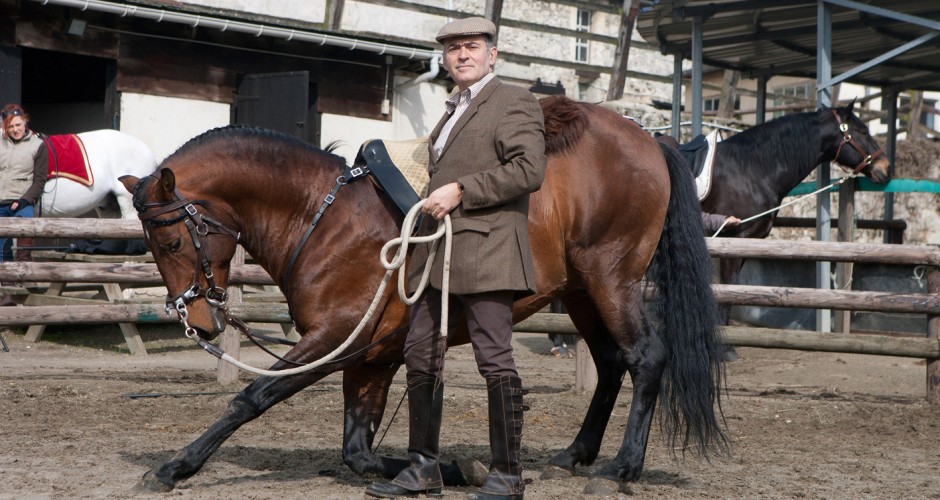The Alter-Real horse
Cousin or offspring of the Lusitano (or Lusitano), this Portuguese saddle horse is descended from Andalusian mares from Jerez, imported by the House of Bragança in 1748. After inbreeding, the Alter-Real underwent undesirable crossbreeding with Thoroughbreds, Arabians, Normans, and Hanoverians at the beginning of the 19th century, following the passage of Napoleon’s army. The horse’s name means “royal breed” in Portuguese (“alter” meaning breed and “real” meaning royal).

Caractère et aptitudes du cheval
With their lively, nervous, and highly sensitive temperament, they can be tricky to work with. Robust and hardy, they can be very active.
Utilisations du cheval
Alter-Real’s remarkable dressage skills make it ideally suited to the Haute École.
The main threats to the Alter-Real horse in its history have been the various crossbreeding attempts made over the last three centuries. The Napoleonic campaigns and a state-led attempt to bring in Spanish blood had a detrimental effect on the Alter-Real. This led to its decline and the closure of the stud in 1834. The breed was reconstituted around 1930, thanks to D Ruy de Andrade. Once used at Lisbon’s Royal Manege, hence its name, it is now employed at the Portuguese School of Equestrian Art, founded in 1979.
Morphologie du cheval
Medium-sized head. Straight profile, more often convex. Full tuft. Pronounced gauntlets. Medium-sized ears. Wide-set eyes. Powerful, muscular, short body. Beautiful neck. High withers. Shoulders dry, muscular, well sloping. Deep chest. Short, broad back. Strong, muscular loins. Good, muscular, rounded croup. Strong, well-tempered limbs. Fine cannons and pasterns. Dry tendons. Well-made, resistant feet. Well set, long, furnished tail. Coat: bright chestnut, bay, brown bay, burnt chestnut. Abundant mane. Size: 1.50 to 1.62 m.


